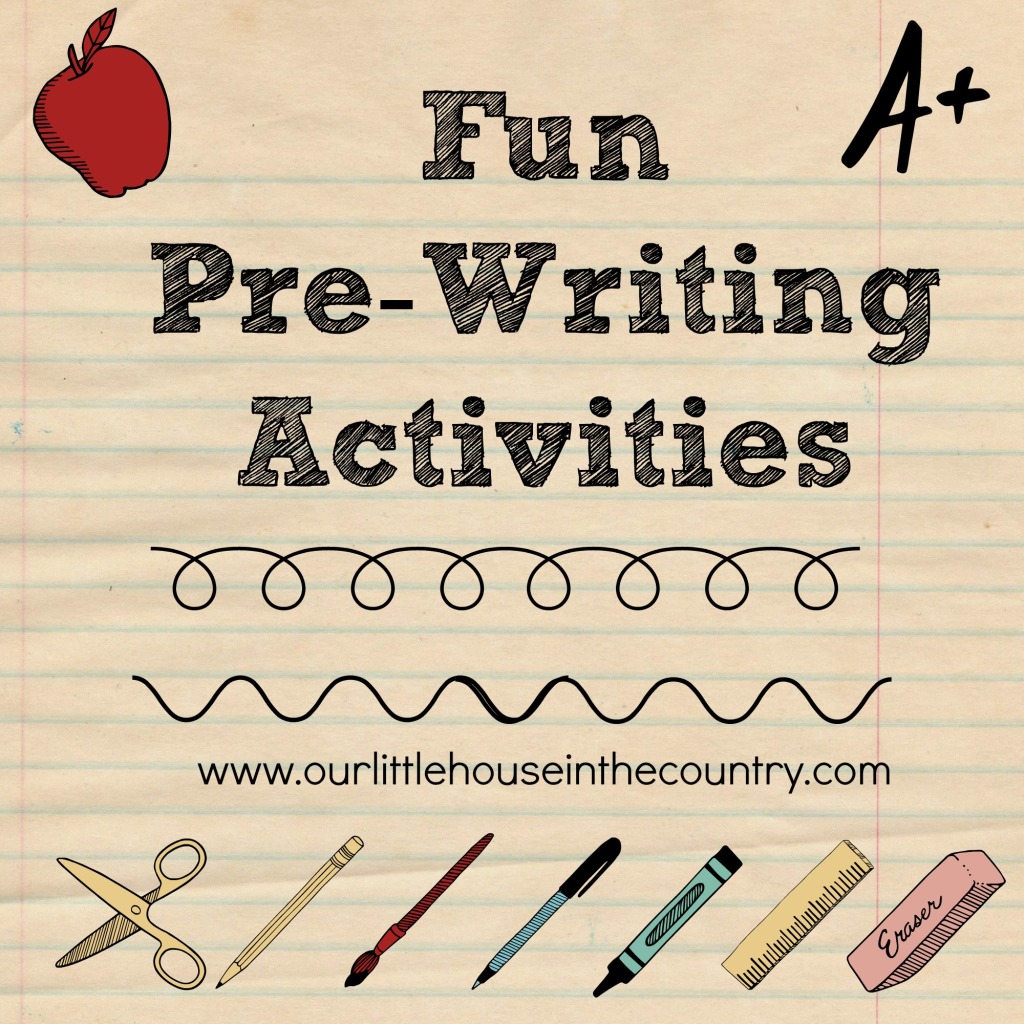 Over the past few weeks we have been having quite a bit of fun developing our fine motor skills, in particular we have been working of prewriting activities. Doodles is starting school in September and is very eager to do homework at the moment (let’s hope he maintains that enthusiasm in the years to come!!!).
Over the past few weeks we have been having quite a bit of fun developing our fine motor skills, in particular we have been working of prewriting activities. Doodles is starting school in September and is very eager to do homework at the moment (let’s hope he maintains that enthusiasm in the years to come!!!).
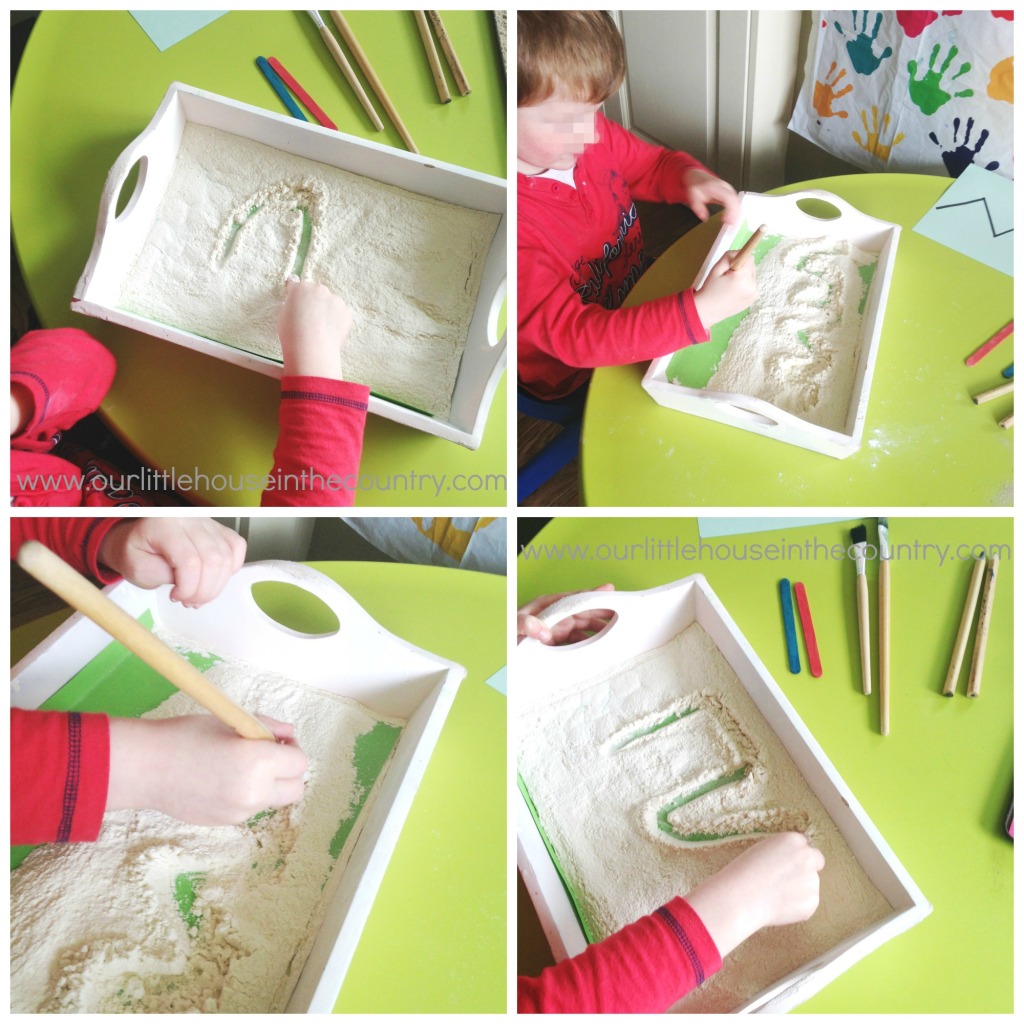
Activity 1 – Writing Trays Using a Variety of Materials:
- Sand
- Compost/Peat Moss
- Flour
- Rice
- Paint
- Linseed
What do you need:
- Trays, baking sheets
- Flour
- Rice
- Sand
- Compost/peat moss
- Coloured paper/card
- Paint
- Paint brushes
- Lolly pop sticks
- Pencils

Both Doodles and Oodles love this activity and it is so easy to set up. Simply add some of the above ingredients to a tray or baking sheet and encourage your child to write/draw in the sand/flour/paint etc. We usually begin by using our fingers to write, then a lollypop stick, then a paint brush and then a tri-sided pencil. Typically I draw or write patterns and letter on a sheet of paper for the children to copy and sometimes I use printed flashcards I have made of our names, common sight words etc. Activity 2 – Gel Sensory Bag What do you need?
- Ziplock bag
- Washing up liquid
- Glitter
- Tape
- Lollypop sticks
- Pencils
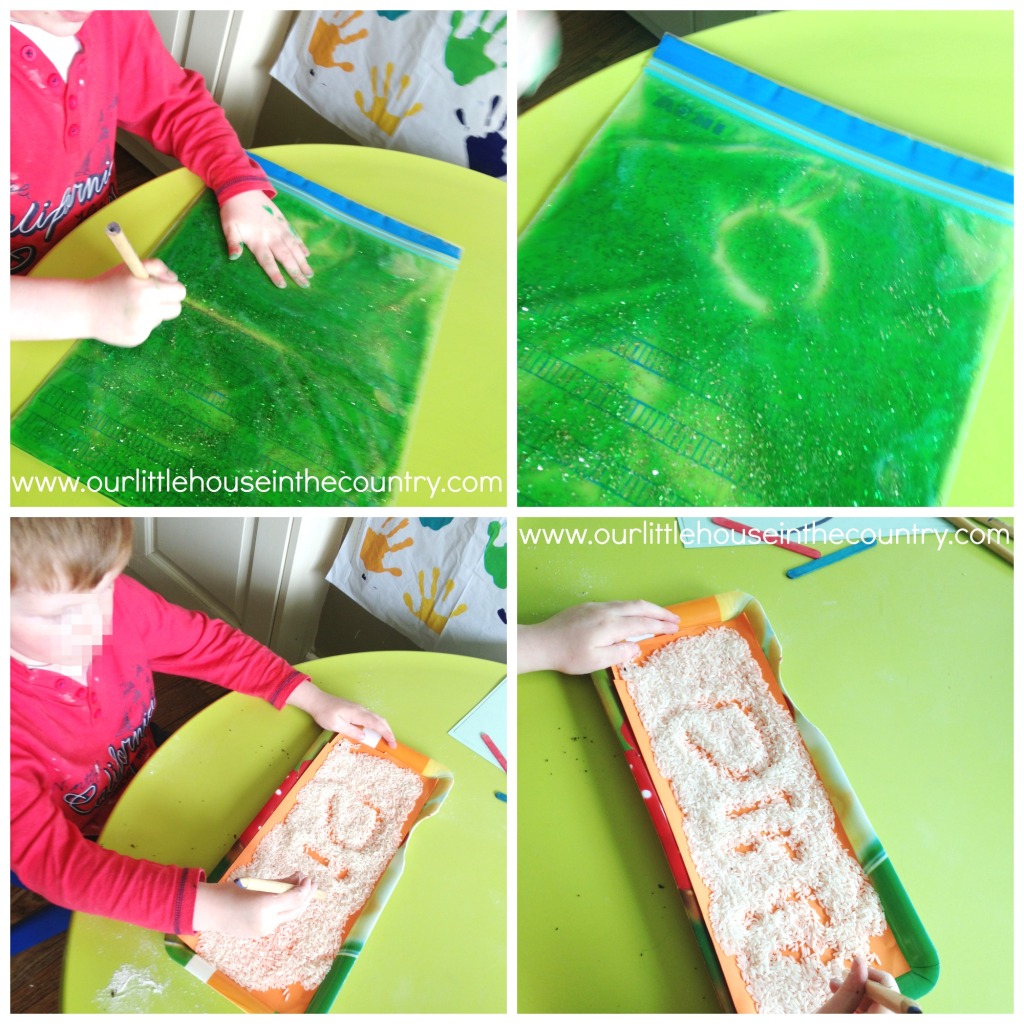
I love these sensory bags. They are so easy to make. Pour lots of washing up liquid into the bag, sprinkle in some glitter, close the bag and seal with tape. You can also use paint instead of washing up liquid. I have 2 of these taped to our kitchen door/window for Oodles to draw on using her fingers. She loves to push the paint/gel around the bag. Doodles uses a bigger bag, flat on the table. He usually plays with it first, pushing all the liquid to one side or pushing it with a lolly stick. Then he uses his finger or pencil to write in it, practicing his letters and prewriting patterns. Activity 3 – Playdough and Straws What do you need?
- Playdough (find our homemade recipe here)
- Coloured straws cut into small pieces
- Rolling pin
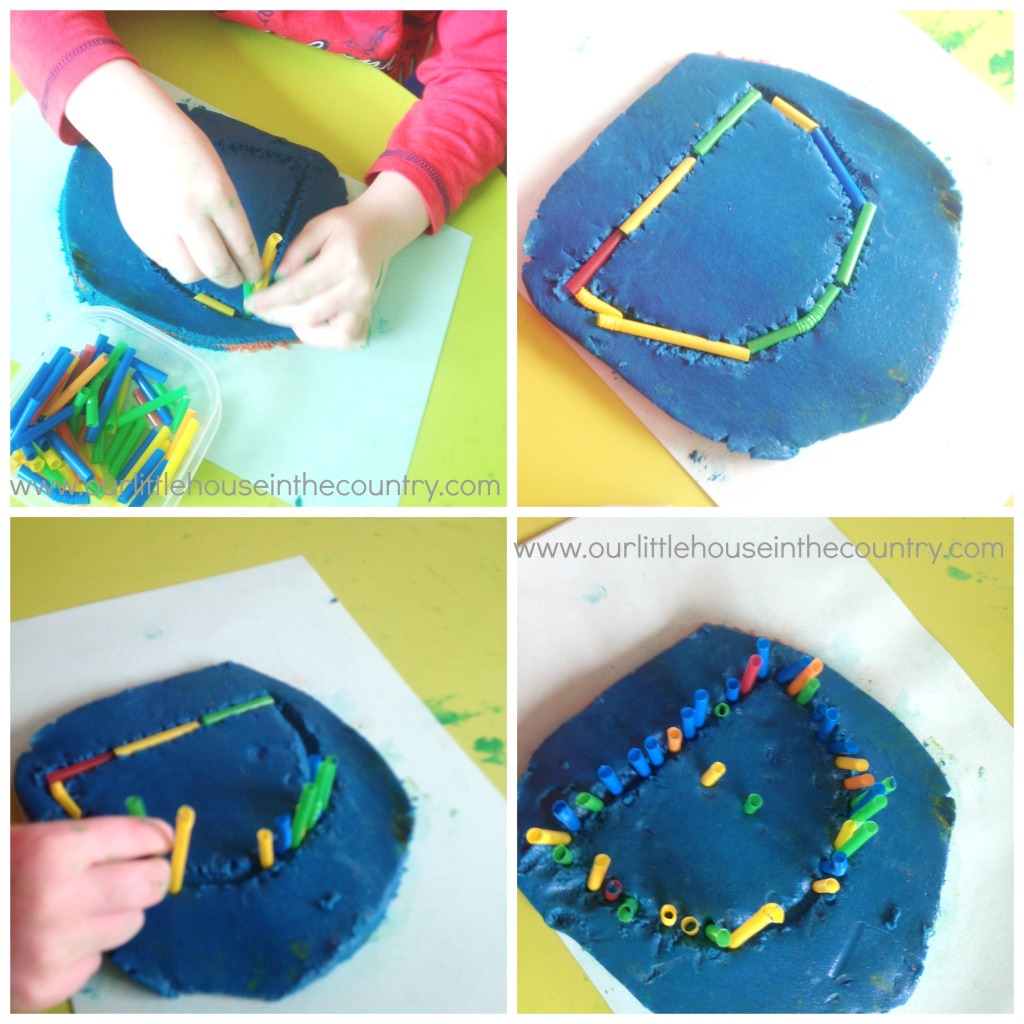
This is a version of a great activity I spotted on Kids Activities Blog, a really fab site for lots of kid friendly activities. Firstly, encourage the child to roll out a flat piece if playdough. Using a pencil, draw a letter into the playdough, if the child is able, encourage them to do it for themselves. The child then traces the letter by placing the straws into the imprint of the letter. Activity 4 – Peg Boards What do you need?
- Pegs
- Peg boards
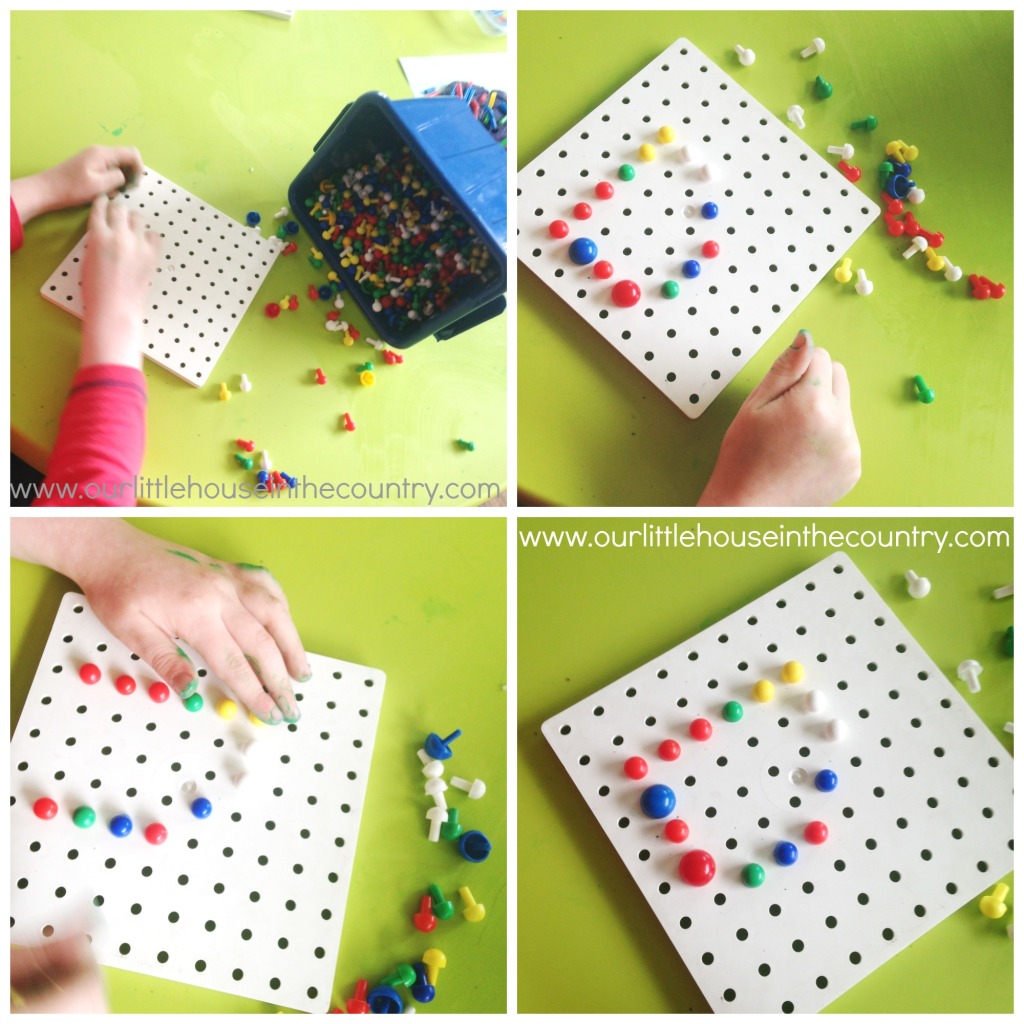
Peg boards are great for developing fine motor skills. Both D and O love using our peg boards and I am forever picking up pegs around the house. Here you can see Doodles making the letter D using the pegs. Activity 5 – Prewriting Pattern Worksheets. What do you need?
- Pencils, markers
- Pre writing worksheets – we are using worksheets from SENteacher.org.
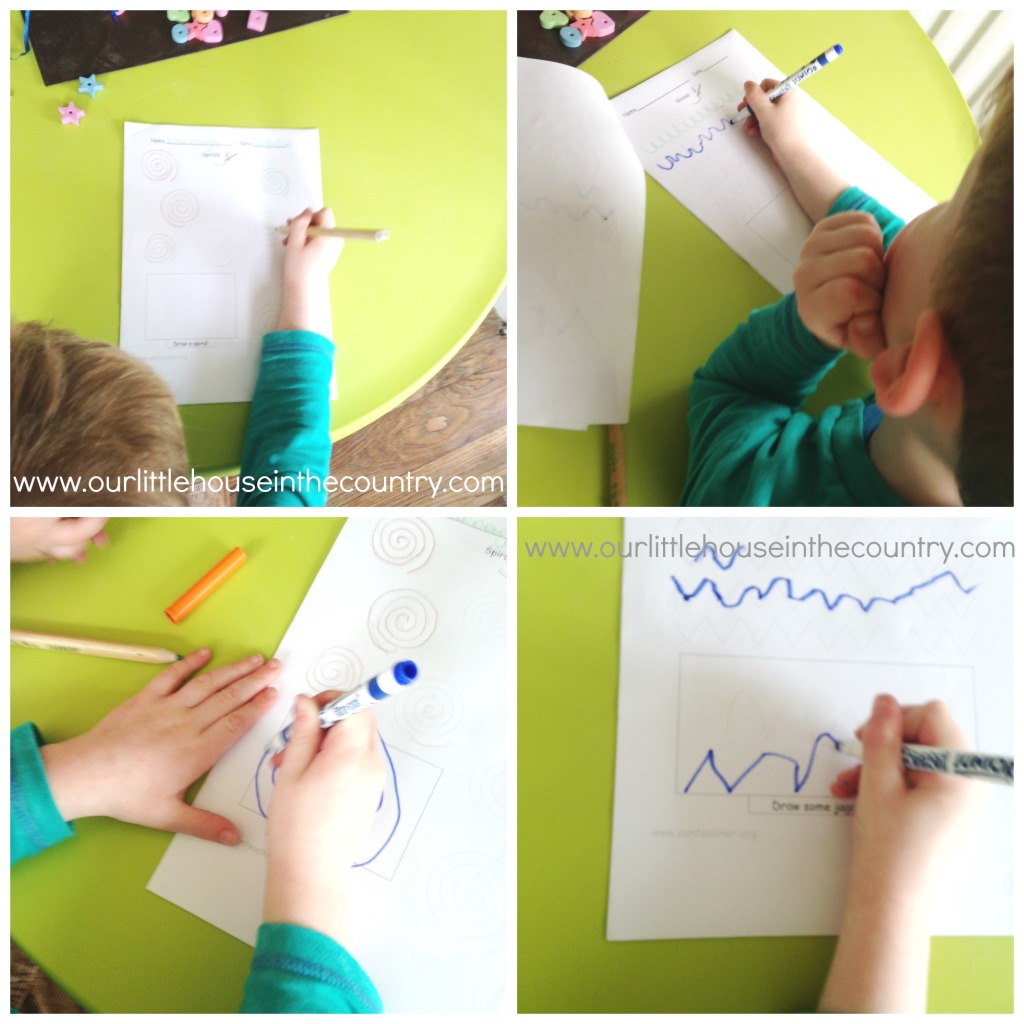
Doodle loves to do his “homework”, he feels all grown up when he gets to do worksheets. I’m not a major fan of the overuse of worksheets but they do have a place in early learning. D usually practices using the trays first before I give him a sheet to do so that he has had the hands on and sensory experience of writing before the more structured activity of using pen and paper. Pre writing patterns are the basic shapes, curves, zigzags, waves that are needed to form all letters and to write with fluency. Activity 6 – Magnetic Letters and Baking Tray What do you need?
- Large baking/cookie tray
- Magnetic letters
- Laminated word grids
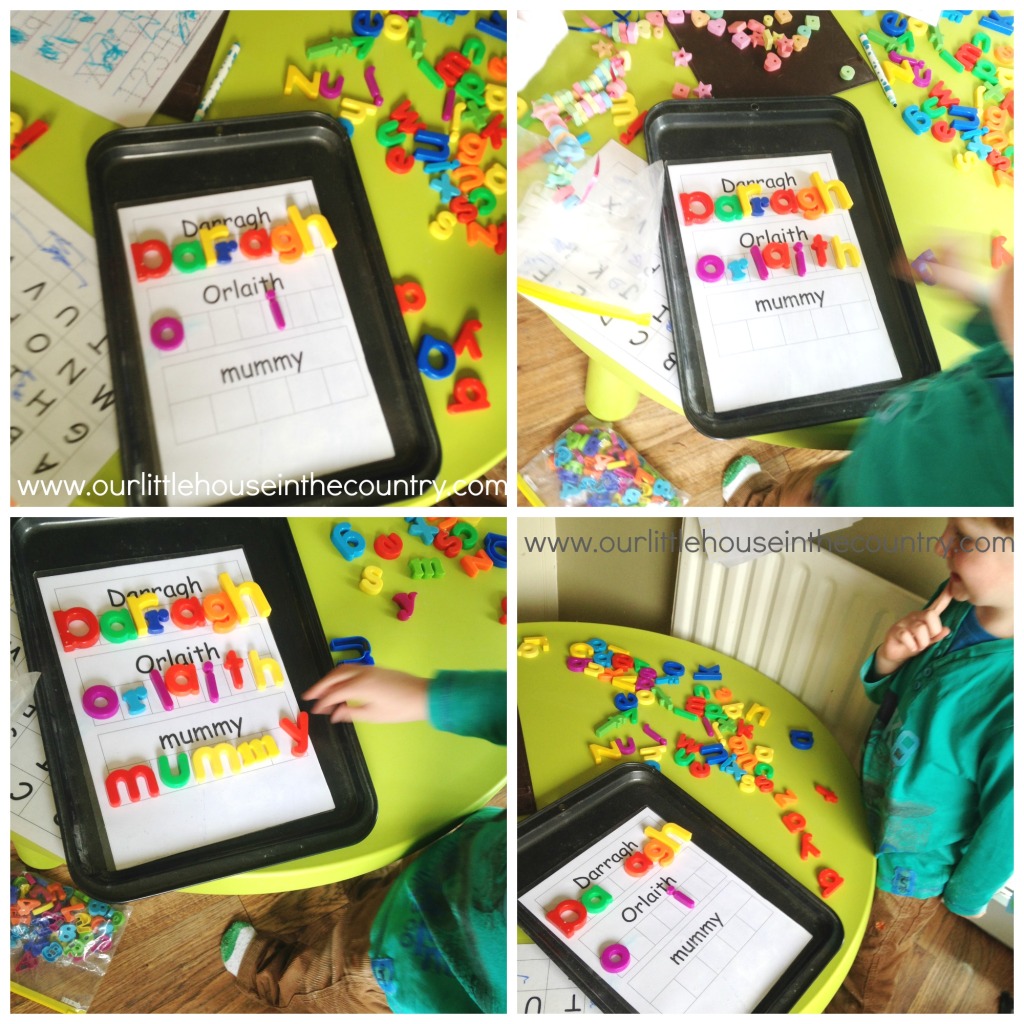
I have been using this activity to help D get to know his name, phone number and other commonly used words. It is a great way of teaching letter recognition and word shapes. I create my own grids and laminate them so that they can be used over and over again. D most look for the correct magnetic letters and place them in the correct place on the grid on the tray. For the phone number it is exactly the same, just using number!!! I hope you find some of these activities useful. I will be adding to the list in the coming weeks! Most importantly make this early literacy/prewriting experience as fun and as positive as possible!
Ciara x
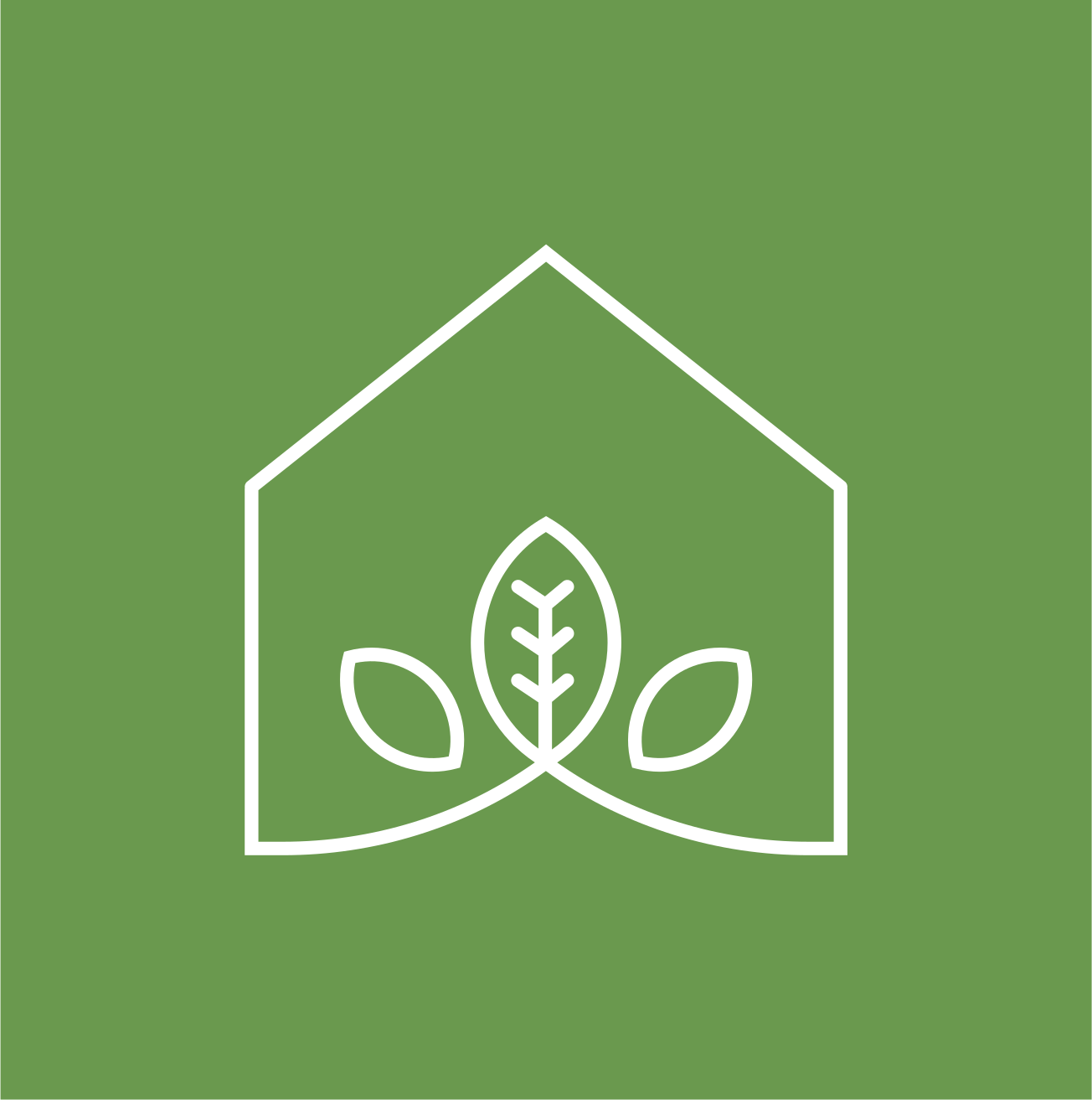

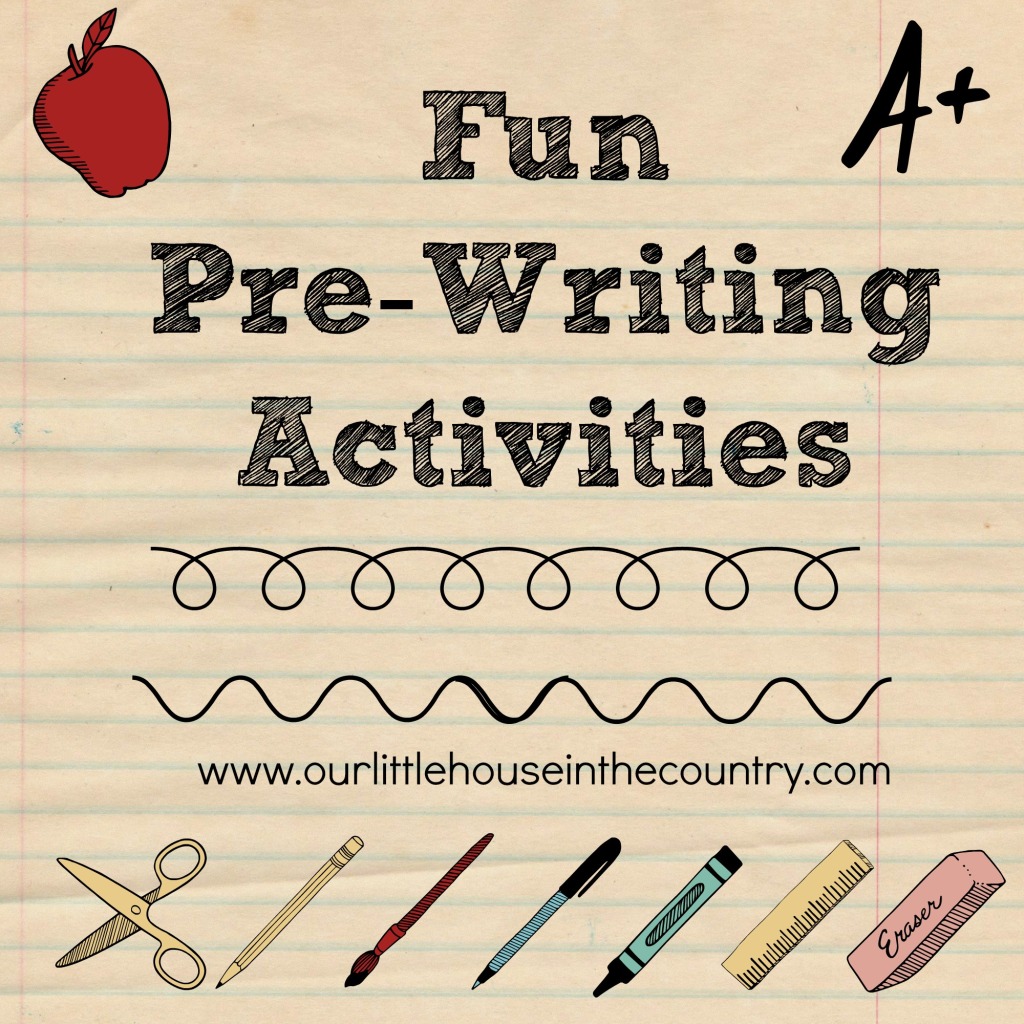
29 responses to “Fun Pre Writing Activities – Early Literacy & Fine Motor Skills Development”
This will come in really handy for us in the next few months when Jack starts to learn to write. Currently he copies some letters – fairly terribly :)x
LikeLike
There are some great things here! Thanks for linking up #FamilyFriday
LikeLike
[…] you saw our post on Pre-Writing Skills yesterday you may have seen Doodles using a tray full of compost/Peat Moss to practice his writing […]
LikeLike
Ooh I love all of these, I think the gel might be my favourite. What a wonderful way to make learning letters fun, much better in the early days than a pencil and paper methinks. Consider it pinned and shared! #supermommyclub
LikeLike
Thanks so much, I love the gel bags too and they smell lovely also-a multisensory approach to learning hehehe!!!
LikeLike
Brilliant ideas. Love the grids. I’ll try to make these for my guys. What are the trays below?
LikeLike
The trays for the grids is one of my baking trays, great for using with magnets- (I’m not great at baking so it’s as good as new!) the paint tray is a flat paint/printing tray and all the rest are various trays and dishes.
LikeLike
That’s what I thought. Great! Will purchase a few trays. :o)
LikeLike
I honestly didn’t know there were so many different ways to make making letters so fun!
LikeLike
[…] Fun Pre-Writing Activities from Our Little House in the Country […]
LikeLike
[…] Fun Pre-Writing Activities from Our Little House in the Country […]
LikeLike
[…] Fun Pre-Writing Activities | Our Little House in the […]
LikeLike
So many great letter writing activities! Thanks for sharing at the Love to Learn Linky.
LikeLike
[…] 6. Literacy and Numeracy development: we have used playdough for a variety of literacy and numeracy activities – it’s a great fun way of involving children in literacy and numeracy activities, some of which you can see in our Prewriting Activities. […]
LikeLike
Hi
I just love your projects. I was wondering if you had any recommendations/projects for a 3 1/2 year old to help with fine motor skills such as holding a pen. He has a very short attention span when it comes to art projects. I also have a 1 year old and was wondering what kind of projects would they both be able to do together?
LikeLike
Hi there and thank you! They should be able to do any of our playdough or sensory/messy activities together. There’s a similar age gap between my two and my youngest (now almost 3) , so I’ve always encouraged her to join in whenever we did an activity from about 12 mths. My two have always painted together too. Most of the projects we do are very quick, short and easy for the very reason you mention. For fine motor – playdough is great for building the muscles in the hands necessary for pencil grip. We use Trì-sided chunkier pencils for learning to write- really helps with correct grip. I also have a post with a number of pre writing activities in it but that’s more for learning the shapes and patterns needed for letter formation but may be helpful? You can find it in the early literacy section of “Kids” in the menu. Using a tweezers to pick up and transfer things is also great for pencil grip. Hope this information helps, please feel free to contact me again if you have further questions! 🙂
LikeLike
[…] Fun Pre-Writing Activities – Early Literacy & Fine Motor Skills Development – These tips from Our Little House in the Country Practicing these skills builds a foundation for good penmanship. […]
LikeLike
this is lovely
LikeLike
Love these ideas I have used these with my son.
LikeLike
Reblogged this on Raising your kids, raising mine and commented:
Love these ideas x
LikeLike
[…] Source: Our Little House in the Country […]
LikeLike
[…] Source: Our Little House in the Country […]
LikeLike
[…] Source: Our Little House in the Country […]
LikeLike
[…] Source: Our Little House in the Country […]
LikeLike
[…] Source: Our Little House in the Country […]
LikeLike
[…] Source: Our Little House in the Country […]
LikeLike
[…] Supply: Our Little Home within the Nation […]
LikeLike
[…] Supply: Our Little House in the Country […]
LikeLike
[…] Supply: Our Little House in the Country […]
LikeLike